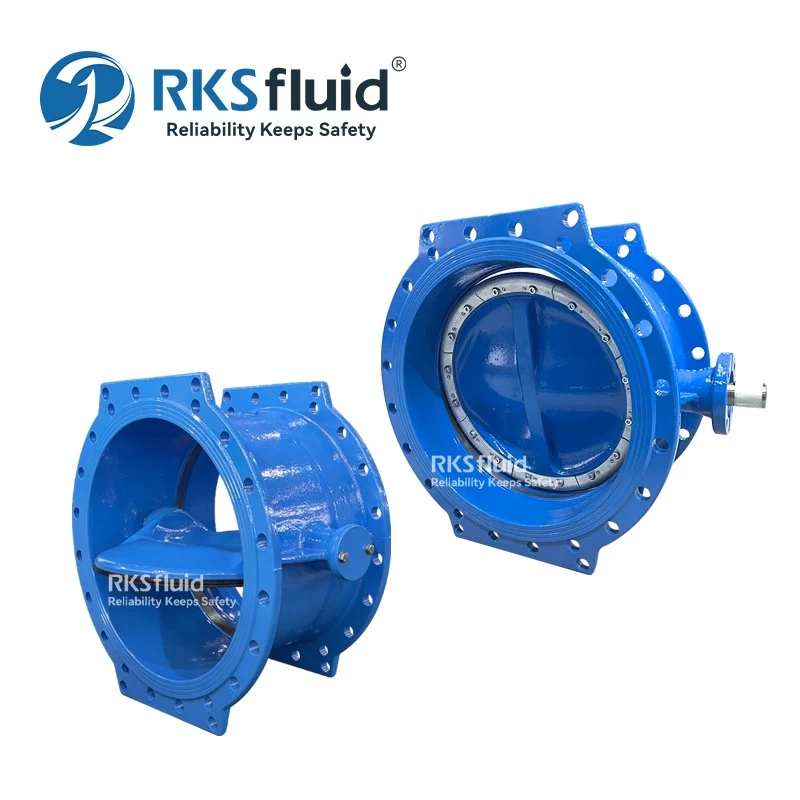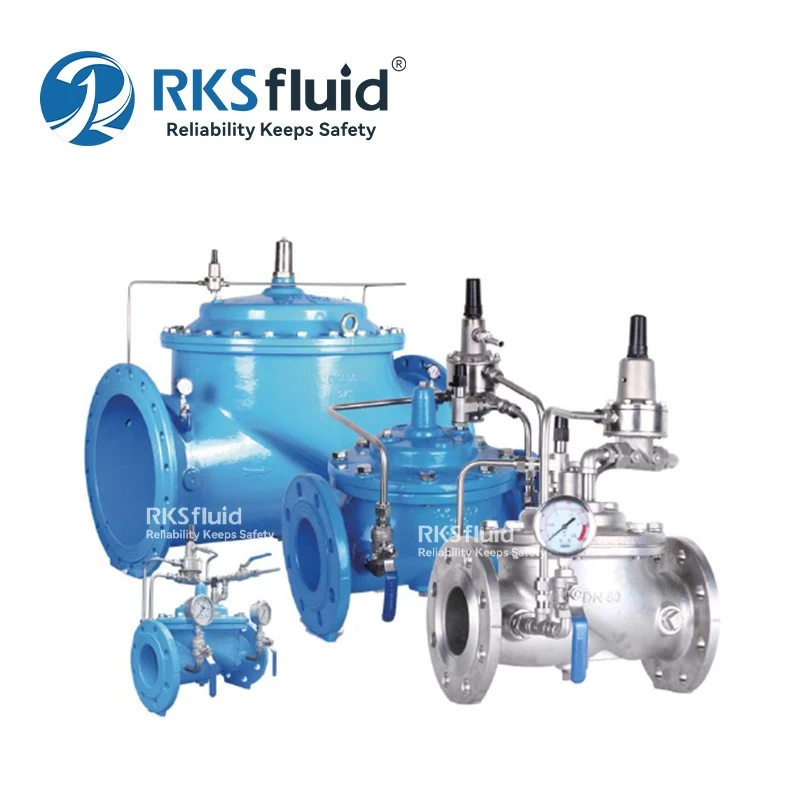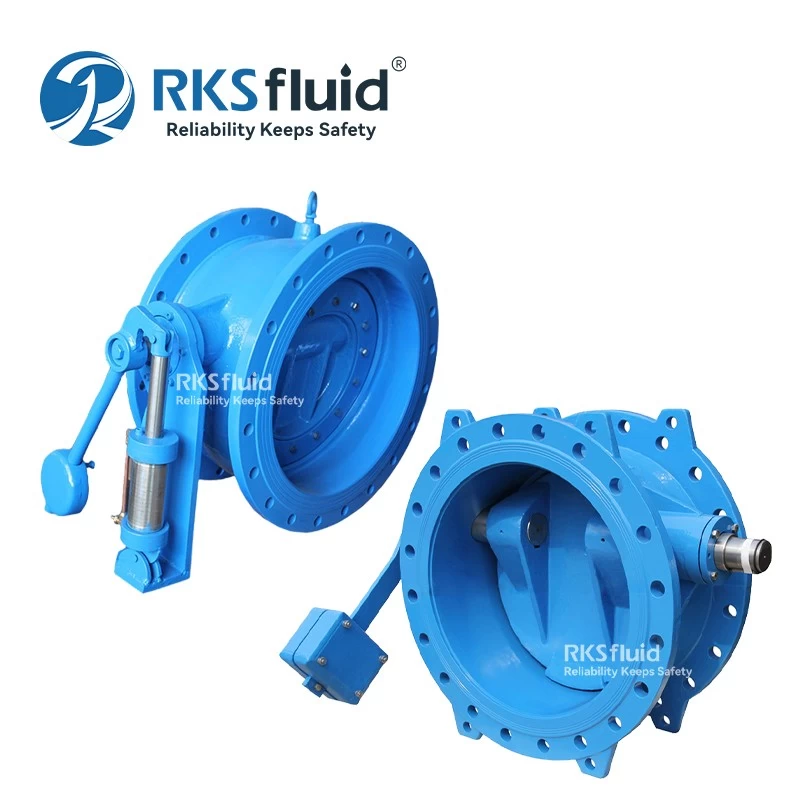- Main Product
- Contact Us
-
RKSfluid Flow Control Company
Web: www.rksfluid.com
Tel: +86 24 2318 0188
Fax: +86 24 2318 0788
Mail: info@rksfluid.com Contact Now
- Subscribe
-
Get email updates on new products
News
The Main Classification And Use Conditions Of Valve Sealing Materials
RKSfluid
2022-02-11 11:04:58
Valve sealing is the most important part of the entire valve. Its main purpose is to prevent leakage. The valve sealing seat is also called a sealing ring. It is an organization that directly contacts the medium in the pipeline and prevents the medium from flowing. When the valve is in use, there are a variety of different media in the pipeline, such as liquid, gas, oil, corrosive media, etc., and the seals of different valves are used in different places and can adapt to the various medium.
Then, valve seal materials can be divided into two main categories, namely, metallic materials and non-metallic materials. Non-metallic seals are generally used for pipelines at room temperature and pressure, while metal seals are widely used and can be used for high temperature and high pressure! Here is a brief introduction to the conditions of use of various sealing materials and commonly used valve types.
1. Synthetic rubber
Synthetic rubber's comprehensive properties such as oil resistance, temperature resistance, and corrosion resistance are better than natural rubber. Generally, the use temperature of synthetic rubber is t≤150℃, and that of natural rubber t≤60℃. Rubber is used to seal shut-off valves, gate valves, diaphragm valves, butterfly valves, check valves, pinch valves, and other valves with a nominal pressure of PN≤1MPa.
Synthetic rubber's comprehensive properties such as oil resistance, temperature resistance, and corrosion resistance are better than natural rubber. Generally, the use temperature of synthetic rubber is t≤150℃, and that of natural rubber t≤60℃. Rubber is used to seal shut-off valves, gate valves, diaphragm valves, butterfly valves, check valves, pinch valves, and other valves with a nominal pressure of PN≤1MPa.
2. Nylon
Nylon has the characteristics of low friction coefficient and good corrosion resistance. Nylon is mostly used for ball valves and globe valves with temperature t≤90℃ and nominal pressure PN≤32MPa.
Nylon has the characteristics of low friction coefficient and good corrosion resistance. Nylon is mostly used for ball valves and globe valves with temperature t≤90℃ and nominal pressure PN≤32MPa.
3. PTFE
Polytetrafluoroethylene is mostly used for stop valves, gate valves, ball valves, etc. with temperature t≤232℃ and nominal pressure PN≤6.4MPa.
Polytetrafluoroethylene is mostly used for stop valves, gate valves, ball valves, etc. with temperature t≤232℃ and nominal pressure PN≤6.4MPa.
4. Cast iron
Cast iron is used for gate valves, stop valves, cock valves, etc. for temperature t≤100℃, nominal pressure PN≤1.6MPa, gas, and oil.
Cast iron is used for gate valves, stop valves, cock valves, etc. for temperature t≤100℃, nominal pressure PN≤1.6MPa, gas, and oil.
5. Babbitt alloy
Babbitt alloy is used for ammonia stop valve with temperature t-70~150℃ and nominal pressure PN≤2.5MPa.
6. Copper alloy
Commonly used copper alloy materials include 6-6-3 tin bronze and 58-2-2 manganese brass. The copper alloy has good wear resistance and is suitable for water and steam with temperature t≤200℃ and nominal pressure PN≤1.6MPa. It is often used in gate valves, globe valves, check valves, plug valves, etc.
Babbitt alloy is used for ammonia stop valve with temperature t-70~150℃ and nominal pressure PN≤2.5MPa.
6. Copper alloy
Commonly used copper alloy materials include 6-6-3 tin bronze and 58-2-2 manganese brass. The copper alloy has good wear resistance and is suitable for water and steam with temperature t≤200℃ and nominal pressure PN≤1.6MPa. It is often used in gate valves, globe valves, check valves, plug valves, etc.
7. Chrome stainless steel
Commonly used grades of chromium stainless steel are 2Cr13 and 3Cr13 after quenching and tempering treatment, which has good corrosion resistance. It is commonly used on valves of water, steam, petroleum, and other media with temperature t≤450℃ and nominal pressure PN≤32MPa.
8. Chromium-nickel-titanium stainless steel
The commonly used grade of chromium-nickel-titanium stainless steel is 1Cr18Ni9ti, which has good corrosion resistance, erosion resistance, and heat resistance. It is suitable for steam, nitric acid, and other media with temperature t≤600℃ and nominal pressure PN≤6.4MPa, used in stop valves, ball valves, etc.
Commonly used grades of chromium stainless steel are 2Cr13 and 3Cr13 after quenching and tempering treatment, which has good corrosion resistance. It is commonly used on valves of water, steam, petroleum, and other media with temperature t≤450℃ and nominal pressure PN≤32MPa.
8. Chromium-nickel-titanium stainless steel
The commonly used grade of chromium-nickel-titanium stainless steel is 1Cr18Ni9ti, which has good corrosion resistance, erosion resistance, and heat resistance. It is suitable for steam, nitric acid, and other media with temperature t≤600℃ and nominal pressure PN≤6.4MPa, used in stop valves, ball valves, etc.
9. Nitrided steel
The commonly used grade of nitriding steel is 38CrMoAlA, which has good corrosion resistance and scratch resistance after carburizing treatment. Commonly used for power station gate valves with temperature t≤540℃ and nominal pressure PN≤10MPa.
10. Boronizing
Boronizing is directly processed from the valve body or valve clack body material to form the sealing surface, and then boronizing surface treatment, the sealing surface has good wear resistance. Used for power station blowdown valve.
The commonly used grade of nitriding steel is 38CrMoAlA, which has good corrosion resistance and scratch resistance after carburizing treatment. Commonly used for power station gate valves with temperature t≤540℃ and nominal pressure PN≤10MPa.
10. Boronizing
Boronizing is directly processed from the valve body or valve clack body material to form the sealing surface, and then boronizing surface treatment, the sealing surface has good wear resistance. Used for power station blowdown valve.
When the valve is in use, the matters that should be paid attention to are as follows:
1. The sealing performance of the valve should be tested to ensure its performance.
2. Check whether the sealing surface of the valve is worn or not, and repair or replace it according to the situation.
1. The sealing performance of the valve should be tested to ensure its performance.
2. Check whether the sealing surface of the valve is worn or not, and repair or replace it according to the situation.











